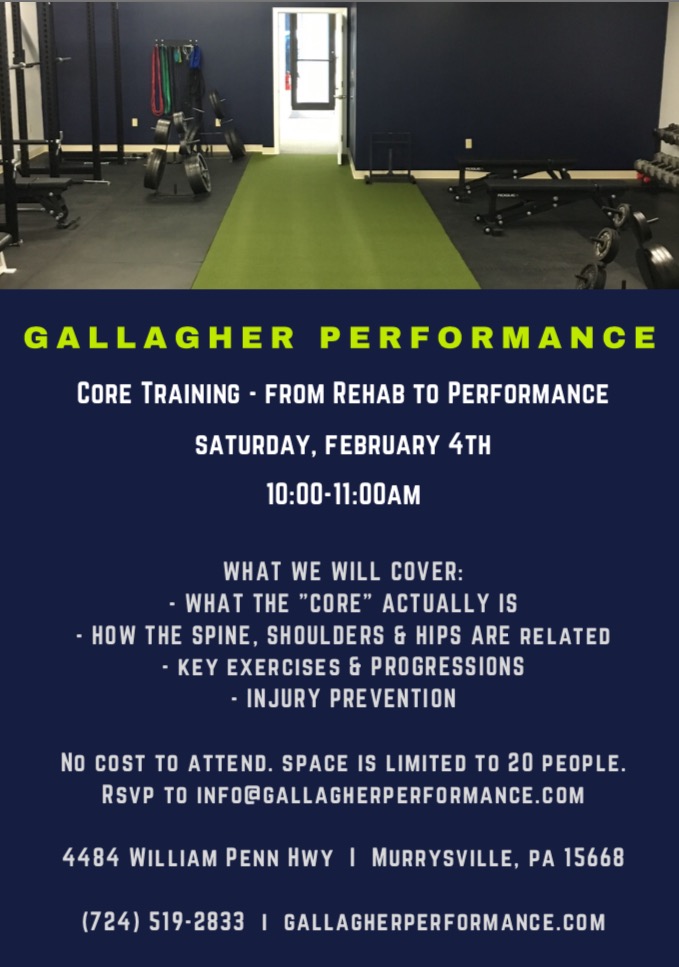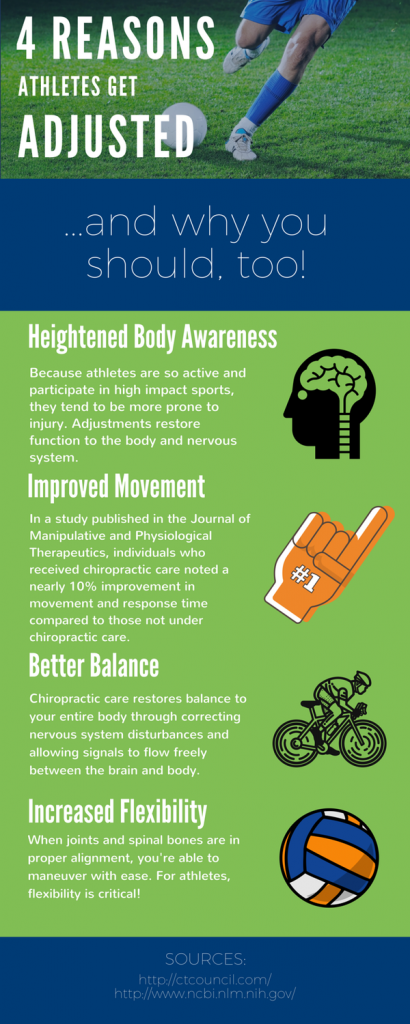Running season is fast approaching. Spring and summer have a host of events from marathons, to half marathons, to triathlons, to various course races. Many have likely already started their training. And then of course we can’t forget those who will simply take up running in hopes of shedding unwanted body weight for the summer.
Whether you are taking up running to become healthier and lose weight, to qualify for Boston, or if you have your eyes set on crossing a race off your bucket list, your routine training will either build you toward your goal or you will be bogged down with nagging injury after nagging injury.
When you consider that 65-80% of runners will sustain an injury during the running season, clearly there is something that needs addressed to help runners cut down their chances of being sidelined or having recurrent issues during their training.
If there is one thing that most people know about me is that I’m not a distance runner. I’ll make that disclaimer up front. Never been a distance or endurance athlete and never will be. I live in the power-speed world of athletics. However, as a former hockey player and strength athlete, one of favorite past times and off-season training methods was (and still is) sprints.
Between my background as a chiropractic rehabilitation specialist as well as personal and professional experience in speed development, I’ve learned a thing or two about what it takes to build a body that is resilient to the demands of running/sprinting rather than breaking down. And at Gallagher Performance we have developed a reputation for not only building speed demons, but keeping their body healthy and ready in the process.
So what gives? Why is someone like me writing an article about running?
The name of the game in athletics is physical preparation and the same can be said of distance running. Unfortunately there seems to be a misunderstanding in that one only needs to run to be successful at running. While this may be true for some, there are numerous others who simply cannot solely rely on running in order to be prepared to run. Simply just running to be ready to run is an oversimplification of arguably the most complex human movement.
If that sounds ridiculous or confusing, let me explain my logic.
Most runners will eventually encounter their fair share of aches, pains, strains and overuse injuries. Plantar fasciitis, shin splints, tendonitis, stress fractures, runner’s knee, IT band syndrome and joint pain are common to the running community. Once training demands exceed what is one physically prepared for, this is where things start to go south.
These conditions may be present for a number of reasons, including any of the following:
- Sharp increases in training volume
- Foot wear
- Gait mechanics
- Strength deficits
- Joint dysfunction or fixations
- Improper motor control of lower extremities and/or torso
- Overtraining
- Inadequate physical preparation
This article is not intended to address training theory or programming as it relates to preparation for an endurance event, foot wear or gait mechanics. What I want to address is the reality that
one must be physically prepared for a specific event and this requires that a runner must possess the necessary prerequisites in movement as it relates to running.And no, being physically prepared doesn’t mean being fit or having a certain level of fitness. Being physically prepared for a distance running event goes far beyond one’s aerobic fitness.
To get my point across, allow me to use the analogy of intelligence. One can be intelligent yet being prepared for an exam in Civil War History is another issue. Now one may take that exam and it could go very well or horribly bad, but it doesn’t change the fact that the individual is still intelligent. What it means is they were either prepared or unprepared for that specific exam.
So while one may be “fit”, it does not mean they are physically prepared for a specific physical event. Even if one lifts weights, bikes, and jogs on a regular basis it doesn’t mean they are ready for a marathon. And most understand this, as they will specifically prepare for a marathon by training for it over a number of weeks.
But what is one to do to make sure their body is ready for the demands of running other than simply running? I mean that’s all one needs to do right? Just get out there and put in the miles right?
Yes, you will have to put your time in on the road or track. That’s a given. But there are also other considerations to make beyond the traditional means of endurance training (see this article here -
2 Common Misconceptions in Endurance Training).
The reality is running is tremendously demanding on the body and it’s even more so from a distance standpoint because of the need for far greater precision in running form, mechanics and motor control of the feet, ankles, hips and torso.
The need for strength and precision in movement control for the distance runner should make training strength and precision in movement control a high priority. This skill of awareness or proprioceptive ability can be trained through exercise. And this brings us to the heart of the article – ensuring you are physically prepared for running. Ensuring that your feet/ankles, hips and torso are more resilient against the cumulative physical demands of running.
Understand that I realize, like any competitive athlete, the cumulative trauma of the competitive season adds up and it is a challenge to stay 100% healthy. There are a number of variables that go into keeping one healthy. The hope is that through this article you gain an understanding of how training and maintaining certain physical abilities through specific exercises will not only help to offset what your body endures on the road, but make it more resilient as well.
The following exercises will serve to build the physical foundation that will help one stay healthier during training and the competitive running season, thus making sure your physical preparation meets or exceeds training demands.
1. Respiration with Trunk Stabilization[embed]https://www.youtube.com/watch?v=UxONX_8ZGkI[/embed]
2. McGill Side Bridge[embed]https://www.youtube.com/watch?v=NJhqDATf5_k[/embed]
3. Low Oblique Bridge with Hip Differentiation[embed]https://www.youtube.com/watch?v=IXc7wr3oBkY[/embed]
4. Single Leg Balance & Swaps[embed]https://www.youtube.com/watch?v=Exz8f-ngKPM[/embed]
5. Pallof Press[embed]https://www.youtube.com/watch?v=i-0HIVP5ZQA[/embed]
6. Plank Progressions[embed]https://www.youtube.com/watch?v=aKWc4XJ9xKI[/embed]
7. Box Squat[embed]https://www.youtube.com/watch?v=WJh3xyMWj7g[/embed]
8. Romanian Deadlift[embed]https://www.youtube.com/watch?v=l4Mk6OEE2RQ[/embed]
9. Lunge Matrix[embed]https://www.youtube.com/watch?v=UGdmImUcQFw[/embed]
10. Power-Speed Drills[embed]https://www.youtube.com/watch?v=Ti5-hTsOC-8[/embed]
That's a WrapWhile this list is far from comprehensive, it will serve as a general template to help runners to address basic physical prerequisites needed to stay healthy and train with minimal risk of setbacks. This is general template for physical preparation of a runner. Remember, like any athlete, physical preparation serves as your foundation as a runner. Take time to develop your physical preparation. Take time to develop your strength and movement control as it will allow you to get more out of training and keep your body healthy in the process.


